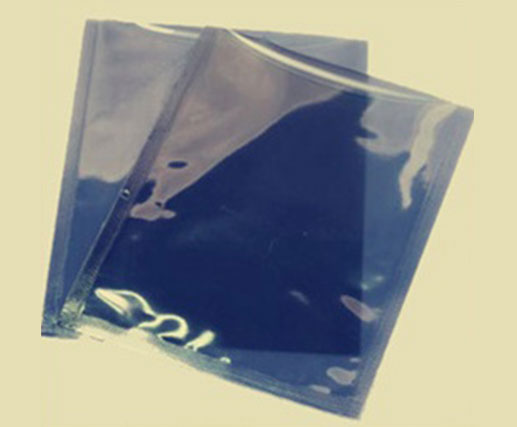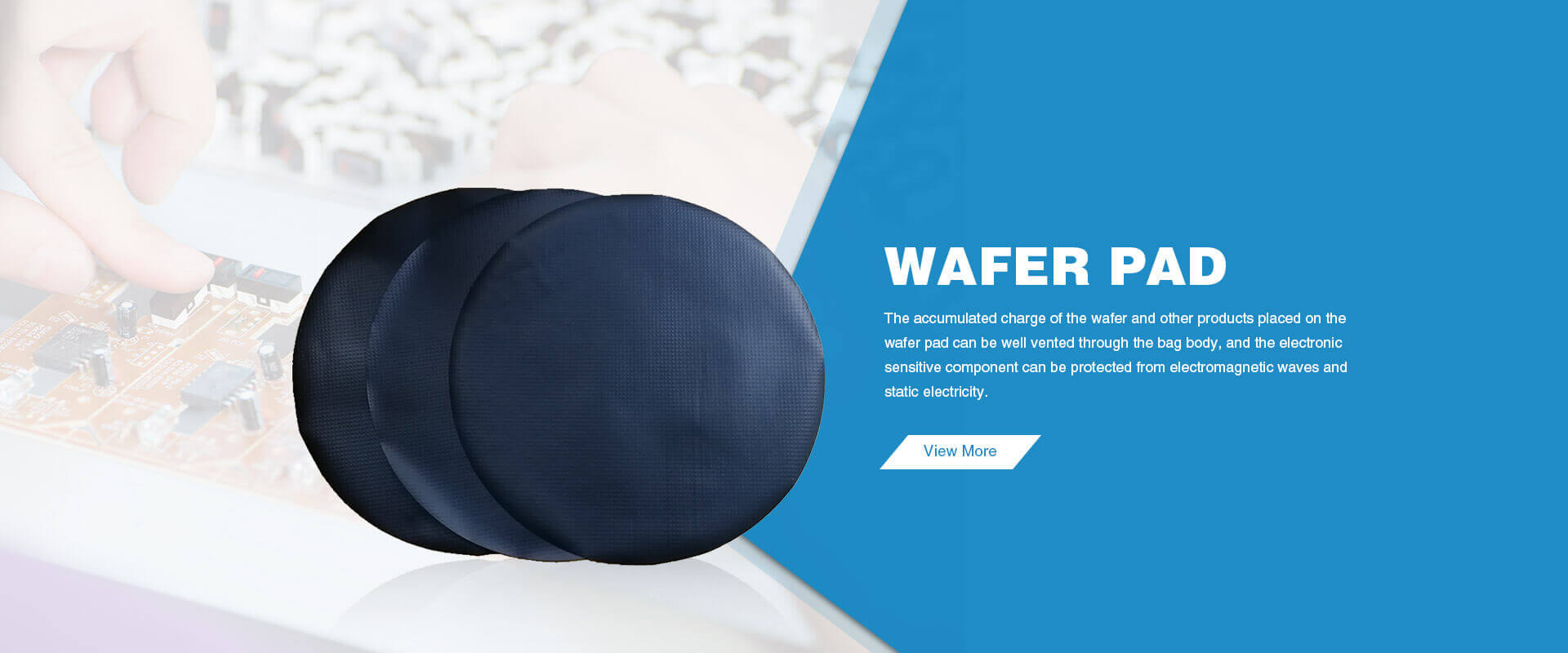Some Related Terms about Static Electricity
Oct. 14, 2021
As the name implies, static electricity is electricity at rest. The charge is the transfer of electrons that occurs when a material slides, rubs or separates and the material is the generator of the electrostatic voltage. Examples include: plastics, fibreglass, rubber, textiles, etc. Under the right conditions, this induced charge can reach 30,000 to 40,000 volts. Anti-static shield bag manufacturer TONGXI shares with you some different terms for static electricity.
When this happens with insulating materials, the charge tends to remain in the local area of contact. When the plastic material comes into contact with a body with a sufficiently different potential, this electrostatic voltage may be discharged by arcing or sparking.
Currents as low as 20 volts may damage or break some microelectronic components. As people are the main cause of ESD, they often damage sensitive electronic components, especially during manufacturing and assembly. The consequences of discharging sensitive electronic components through ESD can range from false readings to permanent damage, leading to lengthy equipment downtime and expensive repairs or total parts replacement. This is where it is particularly important to store electronic components in anti-static shielding bags and to place handling of components on anti-static round pads.

Electrostatic discharge
A sudden flow of current between two electrically charged objects caused by contact, electrical short circuit or dielectric breakdown. Static build-up may be caused by frictional charging or electrostatic induction.
Anti-static
Preventing the build-up of static electricity. Reduces static electricity by maintaining sufficient moisture to provide conductivity, e.g. textiles, waxes, polishes, etc.
Dissipation
Charges flow to the ground more slowly and in a more controlled manner than with conductive materials.
Electrical conductivity
Due to the low resistance, electrons flow easily across the surface or through the body of these materials. The charge flows to the ground or to another conductive object with which the material is in contact or in close proximity.
Insulation
Insulating materials prevent or restrict the flow of electrons across their surfaces or through their volumes. Insulating materials are highly resistive and difficult to ground. Static charges can remain on these materials for a long time.
Our bags
Anti-static bags series are suitable for PCB, IC and other electrostatic sensitive class of high-tech electronic products transportation and packaging. Not only have all the anti-static performance of anti-static packaging bags, but also shielding external personnel, equipment ESD static discharge and external electromagnetic radiation performance, it has excellent anti-static, anti-radio frequency, waterproof steam penetration, salt spray and many other functions. It is used for packaging various electrostatic sensitive products, such as PC boards, electronic components, CD-ROM drives and ink cartridges.
Please come to visit our blog to see more interesting knowledge. If you want to buy them, leave us a message here, we'll answer you soon.








